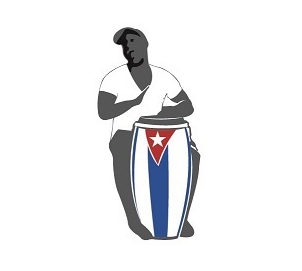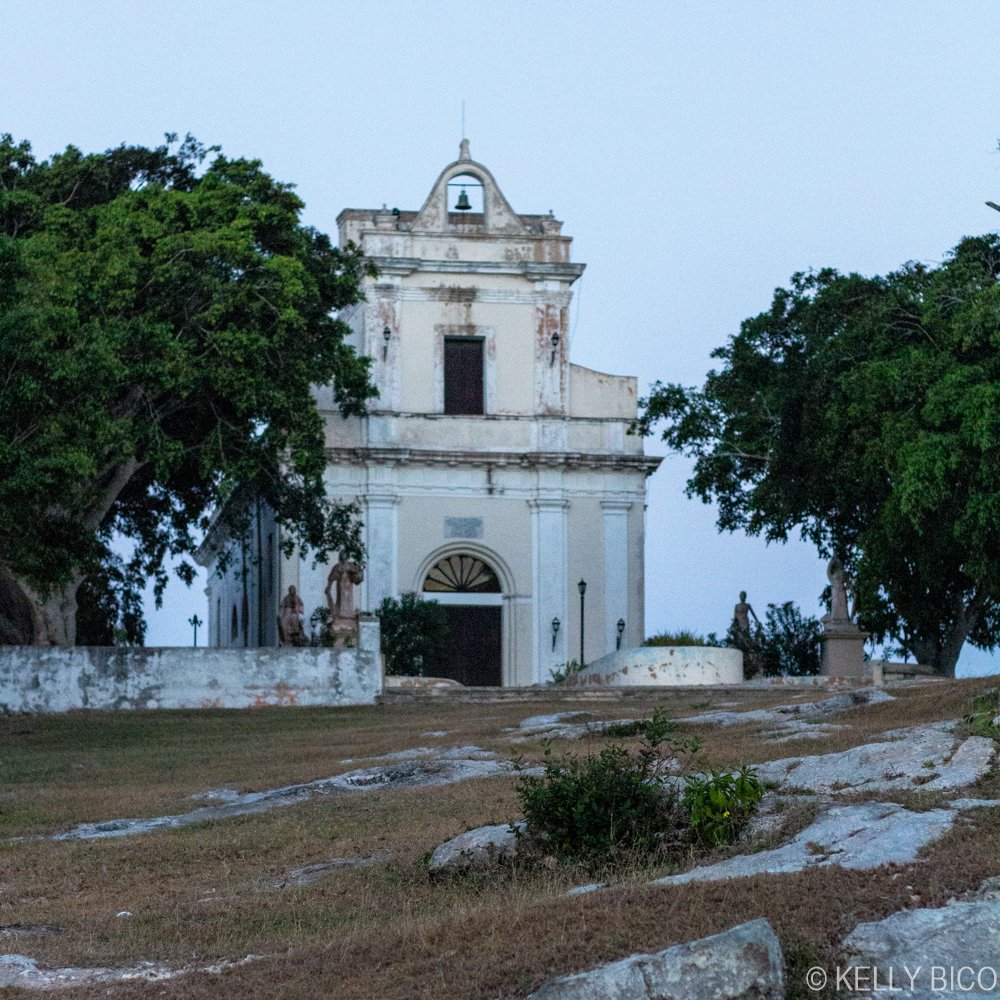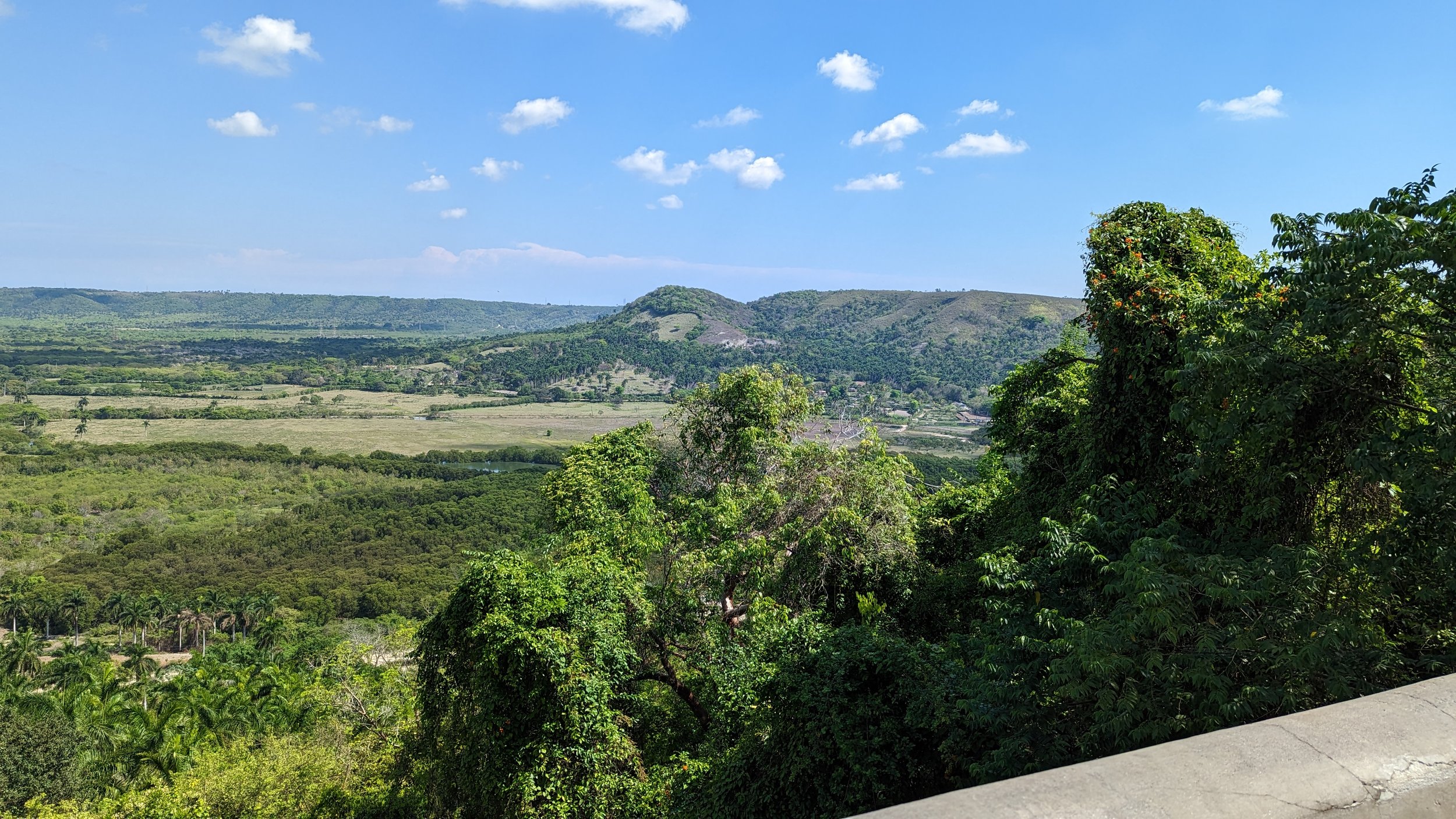Matanzas in a Day: 3 Things You Need to See
There are many things to see and do in the city of Matanzas, enough to keep things interesting for days on end especially if your focus is immersing yourself and feeling like a local. However, if you only have time for a single day tour, make sure these 3 points of interest are at the top of your list:
1. Castillo de San Severino & Museo de la Ruta del Esclavo
This landmark, a testament to Matanzas' foundation, overlooks the bay and stands as the city's first fort. A visit to this museum is a journey into the city's beginnings, as well as an exploration of its military significance and its complex slave history.
Construction of the fortress began in October 1693. It endured a prolonged building phase due to financial constraints and labor shortages, concluding officially only in 1745. During the six-year war between Britain and Spain in 1762, following the English takeover of Havana, an order was issued to demolish the fortress to thwart English control.
Reconstruction, spanning two decades and concluding in 1789, shaped the fortress into its current form. Transitioning from a defense post to a military prison through the 19th century and into the 20th, the fortress witnessed diverse phases of history.
In recognition of its architectural and historical significance, the fortress was declared a National Monument in 1978 and in 2006, it became part of UNESCO’s “Slave Route Project”. In 2009, it was inaugurated as the “Museo de la Ruta del Esclavo” (National Slave Route Museum), with exhibits and artifacts representing the region’s complex slave history as well as the origins of AfroCuban religion. The museum also contains an art gallery predominantly showcasing AfroCuban works of local artists.
The museum is open every day except Monday. While the site is provided with signage in both Spanish and English throughout, the guides only speak Spanish. I recommend being accompanied by a translator to get the most out of your visit. Allocate up to 90 minutes for a comprehensive tour.
2. Museo Farmaceútico Matanzas
Matanzas Pharmacy Museum, also known as 'Triolet,' functioned as a compounding pharmacy from 1882 until 1964, when it was transformed into a museum. Proudly and meticulously preserved, it holds the title of being the first pharmaceutical museum in Latin America and the only remaining 19th century French compound pharmacy in the world.
Founded by French Pharmacist Dr. Ernesto Triolet and Cuban pharmacist Dr. Juan Fermin de Figueroa, the pharmacy played a vital role in in the community by adapting prescriptions from Europe and the US, utilizing ingredients derived from Cuba’s plants and animals, as well as locally available chemicals.
Visitors can view over 100,000 objects on display, including a collection of hand-painted French porcelain jars, antique medical instruments and equipment, and tiny glass flasks which still contain the original elixirs and medicines. There is a library which includes a ledger of every medicinal recipe used dating back to 1882, and at the back of the courtyard is the laboratory where they were made.
There is a stained-glass display on the mezzanine, and the second floor beyond that was once the residence of the Triolet family which unfortunately is not open to the public. Visitors can see the very first phone booth of Matanzas displayed in the ground floor entrance, along with the magnificent glass lamp which originally lit the exterior of the building.
The drugstore continued to operate as a pharmacy until 1964, when it became the Pharmaceutical Museum of Matanzas, earning the distinction of being declared a national monument in 2007.
Open 7 days a week, this museum is conveniently located downtown next to Parque de la Libertad. Visitors should allow about an hour for a tour, and I recommend taking a translator as the guides only speak Spanish at this time.
3. Ermita de Montserrat
Inaugurated in 1875, Ermita de Montserrat draws inspiration from a monastery in Catalonia, Spain. It’s perched atop a cliff in Simpson Heights, offering breathtaking views of the Yumurí Valley and the city as it unfurls down towards the bay. In its early years, Catalonian immigrants would hold an annual pilgrimage to Montserrat each December.
The original main altar was a massive cork creation symbolizing the Catalan mountains, but it was later replaced with a more modest version during the church's extensive refurbishment. The stone statues in front of the original entrance facing east were brought from Spain, and represent the four provinces of Catalonia - Barcelona, Girona, Lleida, and Tarragona.
From inside the church, you can climb the spiral staircase to the mezzanine level for a view overlooking the entire interior. If you climb a little higher, you’ll reach the bell platform where you’ll find stunning views of the valley and city. Undoubtedly, Ermita de Montserrat offers the finest panoramic view of Matanzas. The property itself is a great place to unwind and savor the fresh air that rises up from the valley, and the front steps of the building are my favorite vantage point for watching the sunrise.
Open daily in the afternoons, there is no fee to enter the building but a minimal donation (I believe it’s $1 or $2) to climb up to the bell platform is required. There is no formal tour offered in this tiny building but there are attendants present to answer your questions, and I recommend leaving a modest tip on your way out.
Resources
https://sancarlosdematanzas.blogspot.com/; Sept. 8, 2017; Joha Orihuela, Ricardo Viero
Historia Fundacional de Matanzas: Los Anos Formativos (1680-1765); Johanset Orihuela León; first edition 2021
Fortificaciones de Matanzas 1693-1876; Hernández de Lara, Odlanyer et al; Copyright 2019
Matanzas de Yucayo - Historia y Mito; Orihuela, Johanset; Viero, Ricardo A.; Copyright 2020












